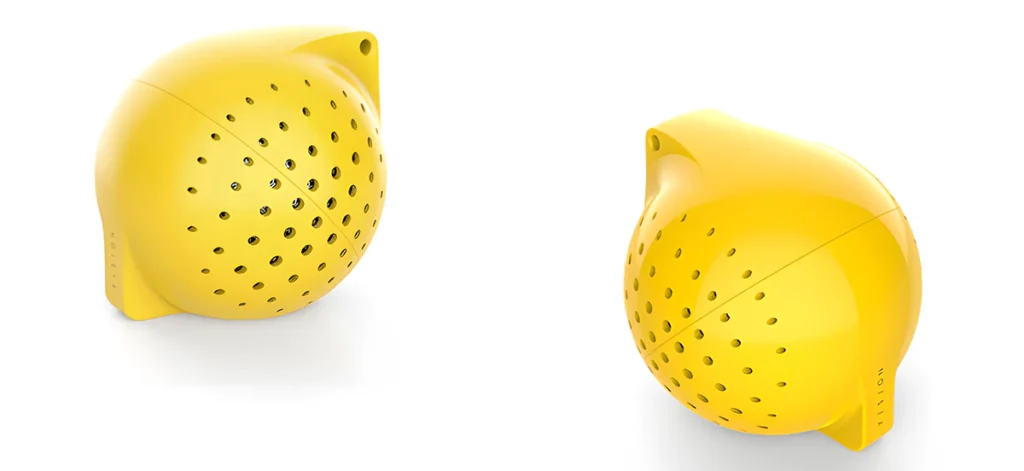Product styling design is a fission design from 1 to N. Breaking through conventional product perceptions and traditional styling constraints can lead to many unique products. This is also the logical rule of product innovation. Starting with styling, it’s crucial to understand the exterior design of a product.
Empathetic Thinking: What is Product Styling Design?
In simple terms, product styling refers to the external form of a product. Grasping the form of a product is a process of showcasing the need for innovation.
What Constitutes Good Styling Design?

For sales, good styling design is one that can close deals.
For designers, it’s about innovative design.
For users, it’s about functionality, aesthetics, and affordability.
Understanding different perspectives in design helps identify breakthrough directions in styling design.
Finding Inspiration in Everyday Products for Product Styling
Breaking conventional ideologies to create unique designs

Do the mice you commonly use look like the one in the image above? Most likely, the shape of your mouse is not too different.

Let’s look at a product design from Mozer. At first glance, does it look like a mouse?

Indeed, it’s a mouse design, born out of the development of AR technology and the emergence of the metaverse society. By breaking the traditional mouse shape and retaining the “three-dimensional mouse” form, the product’s styling is redesigned using lines and segmentation, offering a fresh perspective.

Consider a bladeless fan design, which removes traditional fan blades and the “bulky” large form. The air outlet is transformed into a hollow design, making it hard to recognize as a fan at first glance.
With optimized air outlets and innovative styling, parents using bladeless fans don’t have to worry about their children getting hurt by fan blades.

The fan’s styling becomes more sophisticated and modern. Placed in a corner of a room, it might not just “gather dust” but could also serve as a decorative piece.
In summary, product styling design cannot be separated from life. It requires innovation while retaining the product’s original functionality. Addressing user pain points is key, and achieving a more sophisticated look is trendy. Good styling design needs multi-dimensional innovation.

However, breaking conventional ideologies should not result in mere conceptual products. Real, practical, innovative designs that preserve the product’s functionality and innovate in appearance are the essence of correct product logic.
Product Styling Design: “Interpreting” Before “Answering”
Just as teachers instruct students to read and interpret a question before answering it, this approach also applies to the second logic of product styling design.

The first step in designing a product’s form is “deconstruction.” This involves analyzing the product’s structure and appearance, determining which core functions to retain, and identifying opportunities for innovative design.
The next step is to redesign, focusing on the product’s proportions, posture, element details, and overall balance. Good design, like the human body, requires coordinated “hands and feet.”
Proportion
Product styling design involves various proportions: balanced, symmetrical, positive-negative graphics, asymmetrical, etc.

Each proportion corresponds to how the parts of the product are logically distributed. Decisions about what to remove, bend, or divide are crucial. This aspect is also a visual part of styling design, key to attracting consumers.
Posture
After determining the proportions, the next step is adjusting the posture. Whether the product is vertical or inclined, spherical or cylindrical, adjustments should be made according to the proportions. This step allows for creative freedom in designing the product’s appearance.

Element Details
Once the product’s posture is set, and the basic shape is complete, it’s time to add detail elements, the symbolic elements of the product. These could be holes, handles, knobs, etc., that highlight the product’s features.
These are the product’s “memory points.” Each product has its own; for instance, a lamp will have a light-emitting part, a cup will have a design for water ingress and egress.

Regardless of the type of product, memory points use element details to subtly showcase the product’s features.
Balance
The final step in styling design is achieving visual balance, the product’s overall coherence.
This step ensures that the product doesn’t provoke a sense of discomfort in the consumer. It involves coordinated color schemes, patterned element arrangements, and aesthetically pleasing line designs.

Product styling design aims to create an appearance that first catches the consumer’s eye for its beauty and then piques their curiosity. This captures the consumer’s attention, giving the product a chance to “interpret” itself.
Please note: The images in this article are from the Internet. If there is any infringement of copyright, please contact us via email for deletion.










